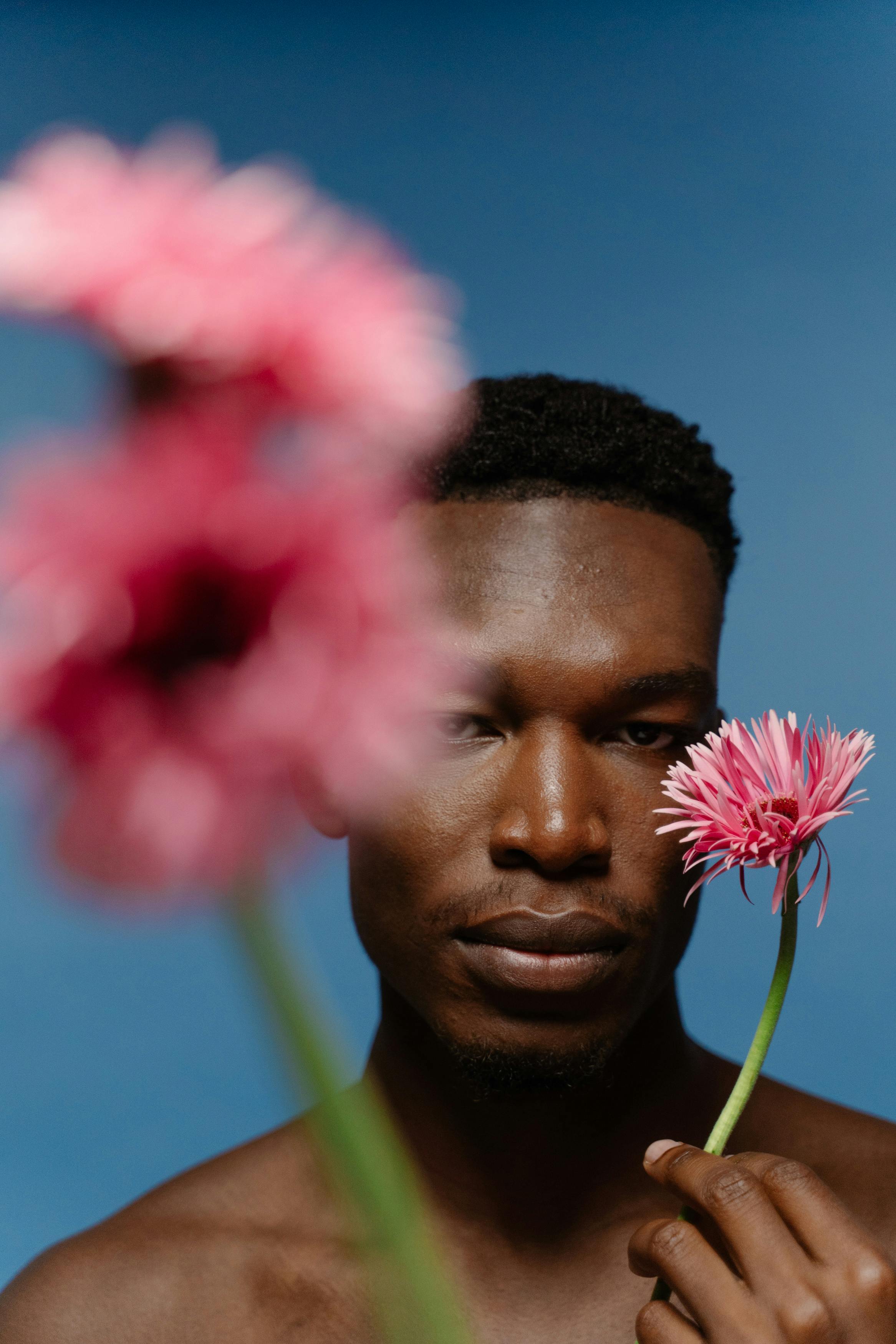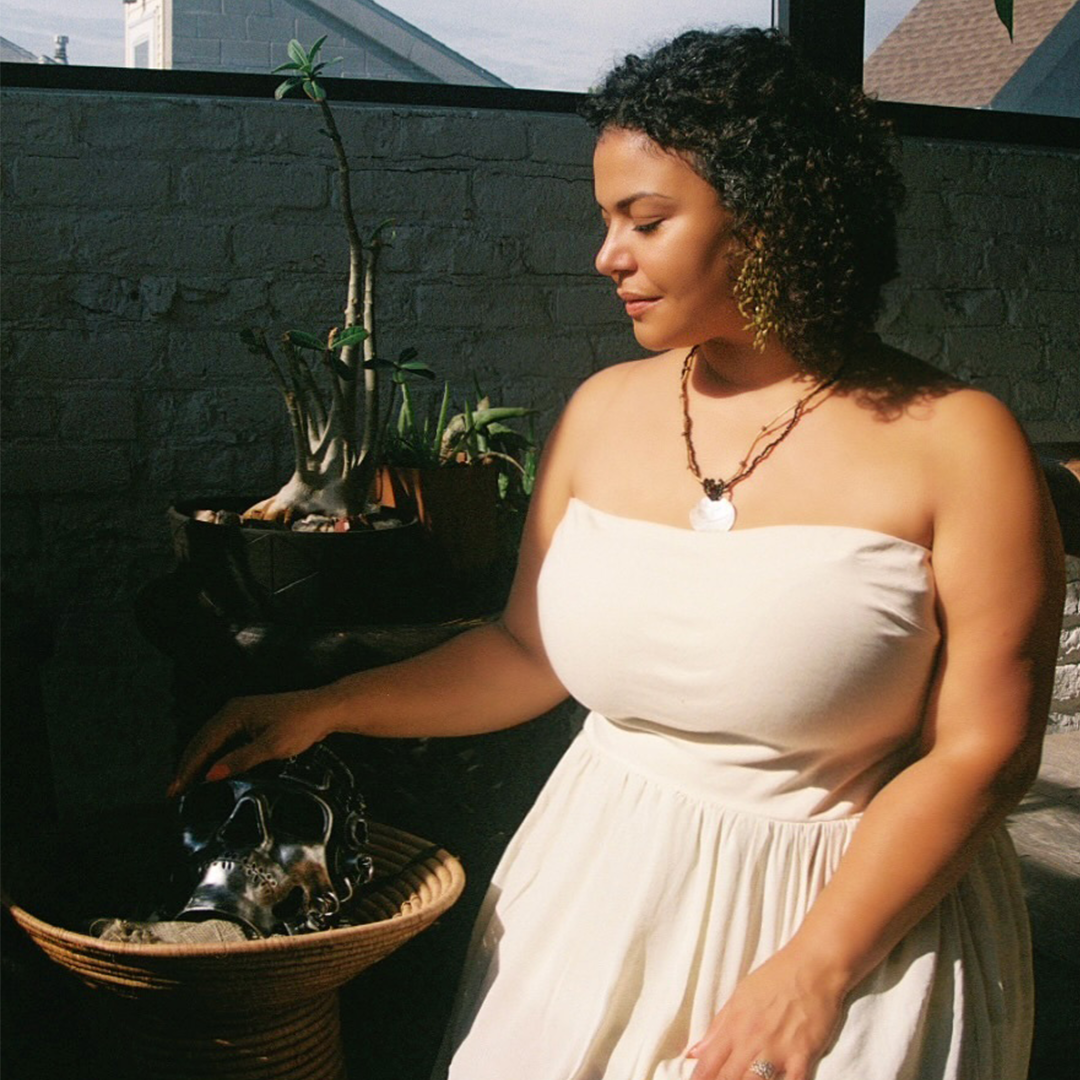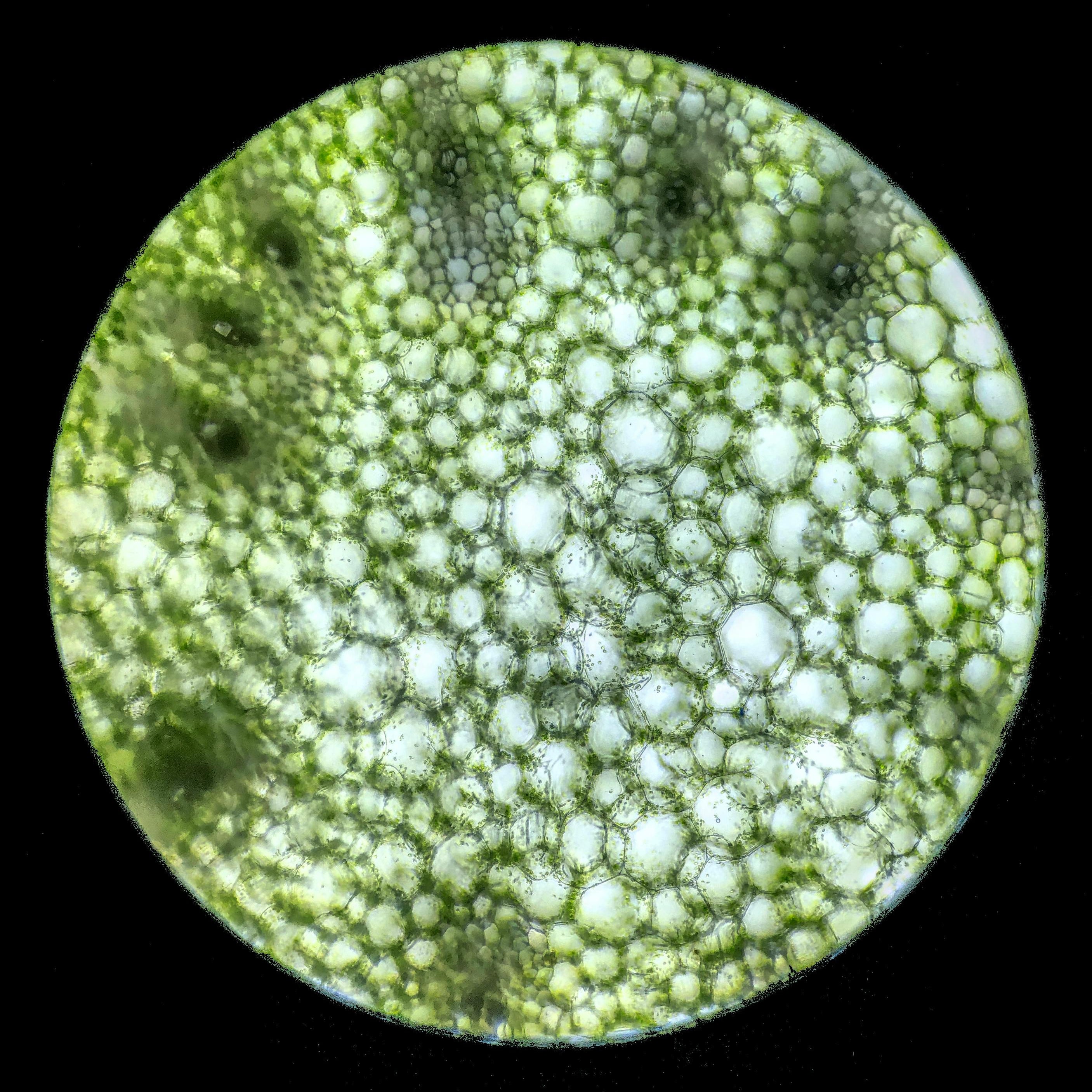I began consuming cannabis regularly when I was 19. In my 20s and 30s, I was known for my high tolerance. Kicking back a 50mg edible and heading to the gym was my weekend routine, and I classified myself as a “high-functioning stoner.” In my 40s, things started to change.
As we age, our metabolism slows and, for women, hormonal changes are rampant. It’s possible that at least some of these scenarios are regulated by the endocannabinoid system. And that my body was producing more endocannabinoids to bring balance to a system adjusting to being 46 years old. The impact it had was my tolerance for THC plummeted. Consuming high-THC cannabis flower would leave me intoxicated, not functional, and my usual doses of edibles were suddenly overwhelming. I knew my relationship with cannabis was about to change.
Traditional “drug treatment” is abstinence based, meaning success is defined by whether someone can stay away from all drugs completely* (sometimes pharmaceuticals for mental health are excepted). Drug tests are the tools used to determine compliance and therefore success. One of the most well-known drug treatment protocols is Alcoholics Anonymous, or AA. The Minnesota Model of treatment, also known as the 28 Day model (played out by Sandra Bullock in a movie of the same name), is the basis for residential drug treatment like Passages in Malibu.The idea is that those dependent on drugs go away to a center for at least a month where they can work past the biological dependence aspect of their addiction and then continue to work on the psychological part through outpatient care. While staying 28 days in Malibu and then never touching drugs again sounds great, it is the exception, not the rule.
*footnote: interestingly, even in strict abstinence-based programs, caffeine, sugar, and nicotine are usually allowed.
Four out of five people relapse at least once, making lifelong abstinence out of reach for many. Programs based in harm reduction address this by making the goal a happy, healthy life, rather than a clean piss test. Harm reduction principles are client focused, meaning the person seeking to develop a healthier relationship with substances gets to direct what that looks like for them. While abstinence can be a desired outcome, so can reduced use, changes in use behavior, and improvements in other areas of life, such as work and personal relationships. Bottom line: there are many ways to improve our relationships with intoxicating substances and our lives besides lifelong abstinence. And this is where I get back to my personal story.
Here I am, a 46-year-old woman who consumed cannabis for over half my life with no thought to dose or incapacitation, and now I became lightheaded off of a 30mg gummy (I know many of you are saying 30mg would have you on the floor, but I was consuming 50-100mg and completely functional). I knew my consumption patterns needed to change, and I did not want to give up cannabis. This is mostly because I like it. I drink less because of it. I’m not on pharmaceuticals because of it. I’m a nicer person because of it too. I wondered if I was alone in the “not-so-functional anymore stoner” group?
Then I came across a LinkedIn post about cannabis use and one of the commenters mentioned her own struggle maintaining a balanced relationship with cannabis. A 17-year cannabis industry veteran, Kristen Yoder has worked in roles from budtender to media maven. I spoke with Kristen about the evolution of her cannabis relationship.
Always a recreational consumer, Kristen moved from flower to dabs looking for peak intoxication. But then she found stopping her use brought on withdrawal symptoms, like lack of appetite, insomnia, and muscle aches. While struggling with this because cannabis and the industry are such a huge part of her life, she does think cannabis use can be balanced and approached from a harm reduction perspective for people who wish to change their relationship with the plant. However, she also feels the industry should do a better job presenting the risks along with the benefits to cannabis use and should not promote mindless consumption of very high-THC products.
After speaking with Kristen, I began to think about the spectrum of the cannabis plant and how it promotes balance in its natural form. CBD offsets the effects of THC. Terpenes enhance the therapeutic and experienced benefits of the plant. Extracts and isolates of THC might do the job, but they lack the protective factors of the whole plant. Maybe the answer wasn’t to eliminate the plant, but rather to balance my own consumption by looking at how I was consuming and whether I really embraced everything the plant has to offer. After careful consideration, here are things I focused on to bring my relationship with cannabis back into balance. There is no right answer. Each consumer must create their own cannabis path and decide what a healthy relationship looks like for them.
Method of Consumption
We like efficiency. Removing all possible steps between us and our desired outcome is crucial to the development of technology. Elexa, the Clapper, and the remote control are all examples of technology that result in less effort needed to achieve results. Cannabis is no different.
There was a time when people had to roll their own joints, now pre-rolls are on the shelves all ready to go next to edibles that can be consumed literally like candy, and vape pens For most consumers this does not pose a problem, however, efficiency can also lead to mindless consumption. Take microwave ovens. Before microwaves, eating homemade cake meant buying the ingredients, mixing them together, putting them in the oven, and waiting for the result. When I Googled “microwave cake recipe” there were almost 60K results, many taking just 10 min total, including mixing and baking. Do products like pre-rolls, edibles, and vape pens promote mindless consumption? Not for everyone, but if you are someone looking to develop a healthier relationship with cannabis, thinking about how you engage in your preferred method of consumption is worth examining.*
- When you consume, do you grab and use before you even think about why you are consuming?
- Is it easy to consume more than you planned because you don’t have to prepare anything?
- Does your preferred method of consumption make it easy to consume throughout the day no matter where you are?
*footnote: those who are using cannabis for a specific medical purpose may need this kind of discrete and efficient consumption to effectively manage their symptoms.
If you feel that your method of consumption might be interfering with your desire to have a balanced cannabis relationship, change it! I used to consume out of a small glass pipe. It was easy to load and reload without really thinking about it. I decided to switch to joints that I roll myself. Consuming this way takes preparation and gives me time to consider my motivation for consumption.
Whatcha Smokin?
During wide-scale prohibition of cannabis, plants low in THC were not worth as much on the illicit market, so strains producing high THC were bred and cultivators developed techniques to increase the level of THC in a plant. As a result, many dispensaries only have products with upwards of 20% THC on their shelves. Part of harm reduction is identifying aspects of substance use that are causing disruption, including tolerance and impact on social/work activities, in one’s life and then developing a plan for reducing that disruption.
- Do you feel a diminished effect from using this same type of product over time?
- Are products/doses that used to bring about euphoria beginning to have negative side effects like paranoia and a sense of being overwhelmed?
- Are activities that you used to do after your usual product/dose (exercise, studying, work) more difficult than they used to be?
If the product or dose you typically use has diminishing effects, causes negative side effects, or interferes with your life in ways it did not before, there are steps you can take towards changing those circumstances.
- Choose flower over isolate-based vape pens. Flower has a lower concentration of THC and also contains other cannabinoids, flavonoids and cannabis derived terpenes that help balance out the intoxicating effects.
- Choose lower-dose ingestibles. If edibles are your thing, look for the minimal effective dose. If you are used to a 30mg dose, try a 10mg. You may be surprised that you can still experience the benefits at a lower threshold.
- Blend some low-THC hemp in with your high-THC flower/concentrates. The 2018 Farm Bill in 2018 made cannabis with less than .3% THC federally legal. This opened the door for craft cultivators to embrace the production of high quality, terpene rich, high CBD cannabis that can be shipped all over the country. After ordering some hemp buds from a sungrown farm not far from me, I was ready to try my harm reduction experiment. I simply mixed my high THC cannabis with my low THC cannabis (hemp) to create my own balanced blend.
Cannabis is a plant that can have health benefits across the lifespan, many of which are most important when we are older and need natural alternatives to pharmaceuticals and when our risk of alcohol dependence increases. Being mindful about our relationship with cannabis throughout our lives and working to ensure that we are welcoming the wide variety of cannabinoids and terpenes she provides is to give the utmost respect to the plant, and to ourselves.






